Leading labels producer invests in latest Esko and CERM integrated technologies to optimize end-to-end production, increasing throughput and efficiency while ensuring consistent quality.
Founded in 1934, Estrabols Imprimeur has been a leading supplier of labels across France and around the globe for almost 70 years. Relocating to Béziers in 1950, the business’s position at the heart of the South of France’s viticulture and wine making industry has ensured that Estrabols Imprimeur has acquired unparalleled experience in the sector.
Still a family run business, Estrabols Imprimeur now has four generations of printers to its credit. The 2,700 m2 printing plant is manned by around forty dedicated specialists, who devote their passion and know-how to producing quality adhesive and dry labels for the wine and spirits sector as well as expanding into other markets, such as food industry. Operating top-of-the-line equipment such as three CODIMAG Viva 340 presses, an HP Indigo 6900 press with ABG Digicon, a Heidelberg SpeedMaster, Estrabols is able to meet all customer demands in terms of colors and complex and multi-technical finishing processes.
The in-house design and integrated prepress departments deliver end-to-end efficiency while ensuring the company’s own exacting quality standards are met, and a dedication to continuous improvement has led to a deserved reputation for excellence. Today, led by Marine Estrabols, the company uses its years of experience and knowledge of the global wine industry to provide a personalized service to customers in the wines and spirits market.
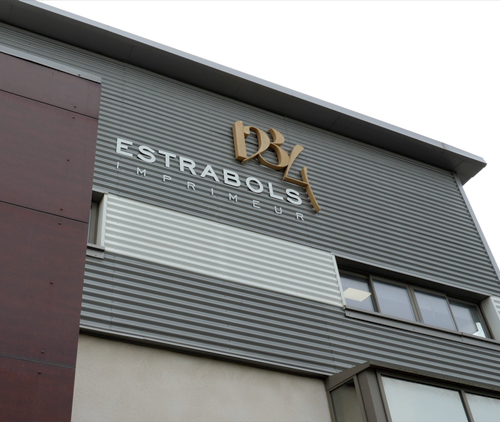
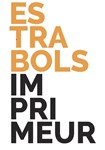
Testimonial
As part of our continued evolution, we were looking to optimize our production processes, from end to end
Marine Estrabols, Managing Director, Estrabols Imprimeur
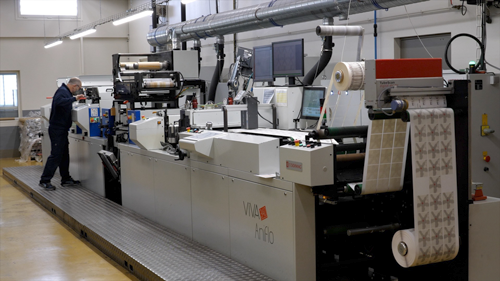
“We pride ourselves on investing in our people and our equipment to ensure we deliver the best quality product and service to our customers,” said Marine Estrabols, Managing Director at Estrabols Imprimeur. “As part of our continued evolution, we were looking to optimize our production processes, from end to end.
“We had some key objectives in mind. We wanted to develop our offering for the high-end food markets, reduce our press lead times to less than 15 days, and we also wanted to achieve a zero defects quality standard.
“We saw this as an opportunity to drive the digital transformation of our business and introduce automated processes, which would not only deliver against these objectives, but also support the company's growth without the need for significant extra resources.”
Testimonial
We saw this as an opportunity to drive the digital transformation of our business and introduce automated processes which would not only deliver against these objectives, but also support the company's growth without the need for significant extra resources
Marine Estrabols, Managing Director, Estrabols Imprimeur
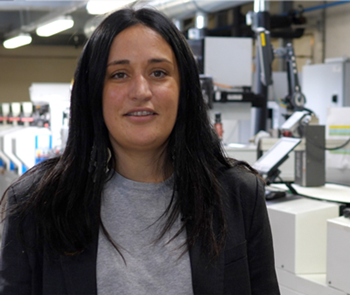
Esko Automation Engine sets the standard for optimized prepress workflow automation. The workflow server not only automates print production tasks but also integrates business systems, which speeds up the process, and more importantly reduces the error rate and the need for operator intervention. Esko collaborated with CERM to ensure that Estrabols Imprimeur benefited from Automation Engine integrated with a CERM Management Information System across the business.
With Automation Engine, users like Estrabols Imprimeur can reduce errors by 80% with automated quality checks, while standardized processes and offloading tasks to the automated workflow software significantly increase throughput – around 40% more jobs can be handled without the need to increase headcount.
“We did not have an automated prepress system in place before Automation Engine,” said Marine. “When putting Automation Engine in place it made sense to do it right the first time, and connecting CERM to Automation Engine allows us to drive prepress with the same dataset used by CERM. This helps us reduce the number of errors and allows faster throughput.
“This was a great collaboration between Estrabols Imprimeur, Esko and CERM to customize the default integration so that it fits our specific needs in terms of multi-finish complex labels,” said Marine. “The Esko and CERM teams worked hard with us to understand the specifics of the individual types of printing and finishing we wanted to deliver, and to make sure the outputs matched these requirements.”
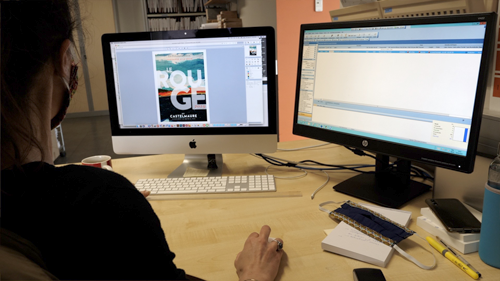

Testimonial from Estrabols Imprimeur on the benefits of integrating the CERM ERP system and the Esko Automation Engine solution.
Testimonial
This was a great collaboration between Estrabols Imprimeur, Esko and CERM to customize the default integration so that it fits our specific needs in terms of multi-finish complex labels
Marine Estrabols, Managing Director, Estrabols Imprimeur
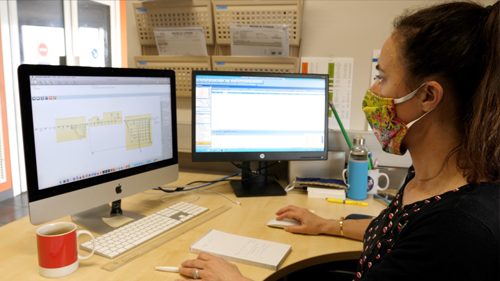
“With the Automation Engine and CERM combination, we can process jobs faster. This means that with the same head count we can ensure all our equipment is running at full capacity,” said Marine.
“Integration also means less manual input. Data from CERM is passed on throughout Customer Service, Prepress and Production without re-entry – where there is the most risk of human error – while calculations by the CERM MIS ensure the calculations and production are done in sync, resulting in accurate repeats.”
As a result of the collaborative installation, with the CERM MIS sharing the production process data, Automation Engine automates the full step and repeat creation for each step - even generating different plate types with custom marks and distortion applied where needed.
“The fully automated step and repeat creation and automating repetitive prepress tasks such as report creation mean that more time can be spent on value-added work,” said Marine. “At the prepress stage, reports are automatically generated, reducing errors and speeding up the job onboarding and approval. Thanks to the integration of Automation Engine and CERM system, production files are centrally stored and retrievable on demand, including for the different finishing combinations and printing presses.
“The link between Automation Engine and CERM means that our customer service and prepress teams are always talking the same language. Automation Engine updates CERM with correct production data and status and the prepressed file, as well as delivering colors information to CERM. CERM provides the correct parameters to process the files correctly and is as automated as possible.
“The result is a connected, automated system that increases throughput while eliminating errors and therefore optimizing our efficiency.”